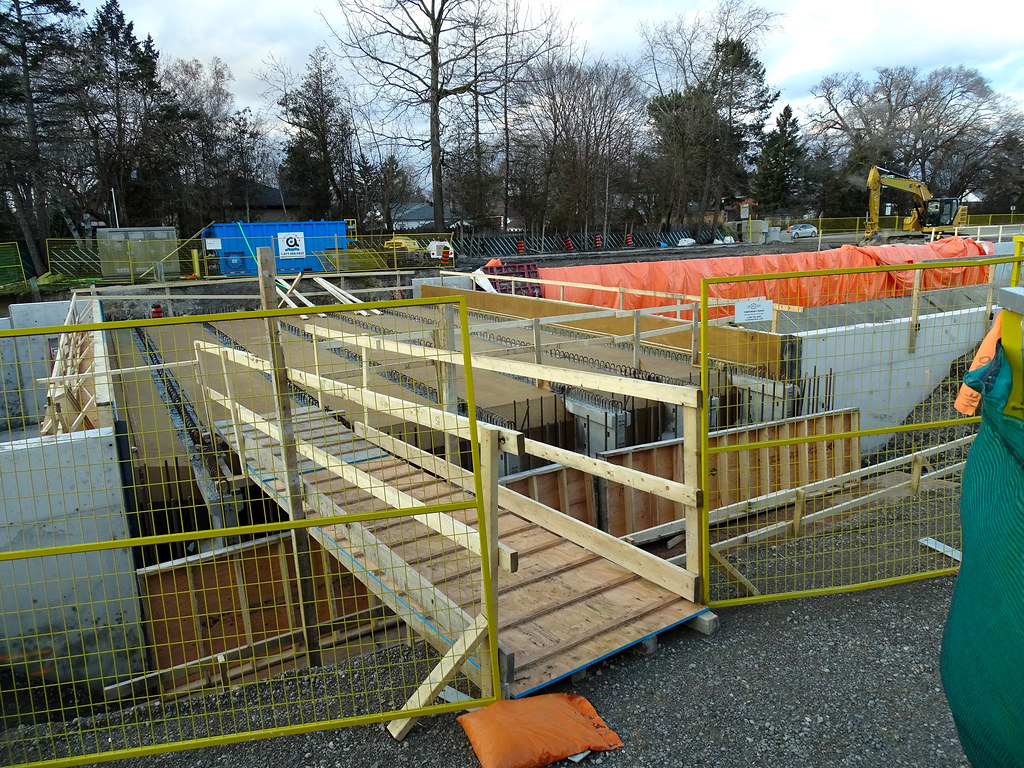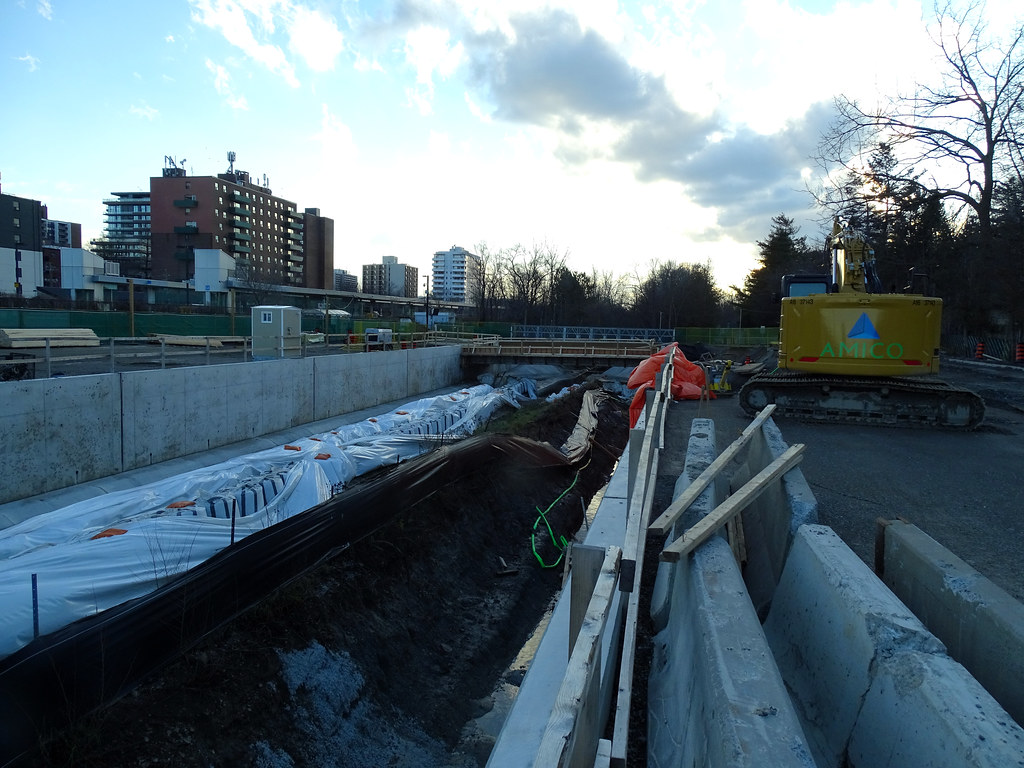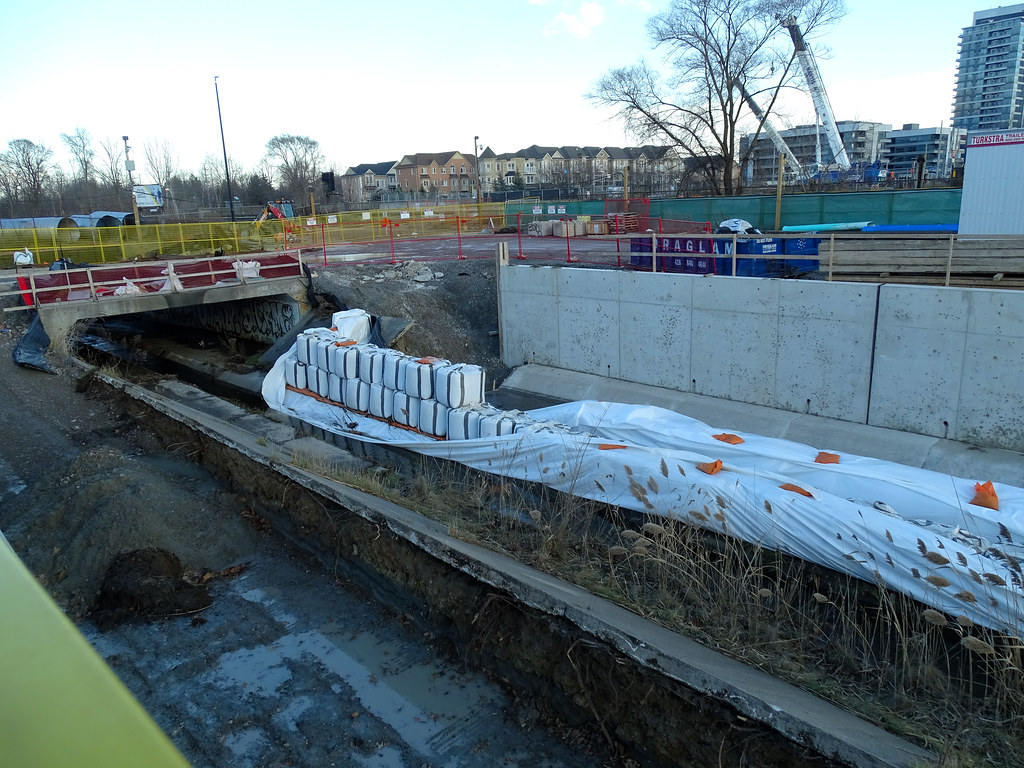crs1026
Superstar
I wonder if a factor in that is how many of the lines in Vancouver and its region are key lines for CP/CN. The GTHA has certainly benefited from a the lines GO was able to buy and even before that, the geographical flexible to move freight out of the downtown...
cc @crs1026
Vancouver is in a different situation altogether. Its rail lines are constrained by geography. For the most part, the rail lines don’t go where the population is or needs to go to, nor where urban growth is happening or has potential for growth..
Toronto, on the other hand, had relatively few geographical constrains so it achieved a close to perfect set of rail corridors radiating from a central point that was a good spot for a city centre.
The other thing to appreciate is that Toronto’s rail lines became redundant (and thus could be repurposed to transit) several decades ago. Their old role of supplying industry in the city ended as those industries disappeared or moved to the suburbs. (It’s an interesting read to go back through the Toronto Star and Globe archives for the late 50s and early 60s when the Halton/York bypass and the new rail yards in Maple and Agincourt were being planned…. even that far back, it was very obvious to the railways that they no longer needed all that trackage). So it was easier for the Province to scoop them up for commuter rail.
In contrast, Vancouver’s rail lines remain vital for their original purpose… which was and is to feed the port facilities. They are not redundant. In fact, even if the lines went to the right places, commuter rail is quite impractical because the terminal freight activities don’t leave much “track and time” for anything else.
As for London, until they get it in their heads that the automobile is not the solution, London is going nowhere. It is way too soon to be imagining whether London’s rail corridors might support higher order transit. And again, those corridors retain their primacy as freight corridors, so can’t be appropriated without respecting that role.
I disagree with @urban Sky’s view that the commuter and passenger potential for London is unproven…. there is more than enough data on both VIA ridership and on trips made on other modes. It is already a commuter community for both the GTA and KW. It’s so odd that we are trying to measure this corridor‘s potential with a test train rather than with the usual reams of data and charts and tables - and investment estimates and cost/benefit statistics - that appear before every other route’s development. I‘m not a fan of over-studying things, but this single GO train is the transportation equivalent of rejecting science and swallowing a cup of bleach instead..
- Paul















